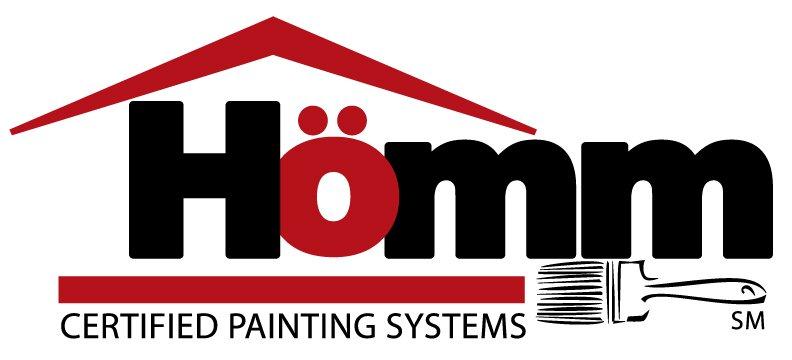It may have its upside, but there’s no disputing the fact that removing wallpaper can be a serious burden. What seems to be an easy job on the surface more often than not turns out to be anything but, once you get started. On the plus side, it doesn’t always have to be quite as awful an experience as it might be. Just as long as you know what you are doing and approach the job mindfully, you’ll get there in the end!

No Quick Job
Even in the case of a relatively small room, chances are you are going to need a full weekend to remove the wallpaper and get the walls ready for whatever you have in mind for the next. Along the way, you can expect a process that is messy, time-consuming and sometimes pretty tedious. But it’s nonetheless one that you will simply have to deal with, as any attempt to rush the job may result in your walls being damaged or the whole thing becoming all the more difficult.
Which is why we thought we’d share with you a few simple tips and guidelines on how to get the job done properly. You can’t realistically expect it to be fun, but work in accordance with the following tips and chances are it will at least be relatively painless:
1. Keep the floor and trim dry
First of all, it’s important to bear in mind that during the process, things are probably going to get rather wet and rather sticky. As such, it is a good idea to protect anything and everything you would rather not get covered in bits of sticky paper and runoffs. This means getting some plastic sheeting to cover the floors, trim and anything else around the area you need to protect. Tape it in place, using additional tape to cover smaller details where required. To make life easier for yourself, take things like light switches, vents and so on off the walls entirely, before getting started. If it’s possible to take the furniture out of the room entirely, do so. Try to bear in mind that any towels you use to capture the sticky runoff as you work may be completely ruined, so don’t go using any you are particularly fond of.
2. Tear off the facing
When it’s time to get busy with the removal, begin tearing the paper away from the wall toward the top from a loose corner. Rather than simply pulling it away, take a putty knife or something similar and use it to lift the paper away, slowly and gently. At this stage, you do not need to use any water or any other products. The reason being that despite the fact that this particular process will leave all the sticky backing still on the wall, this is what you are aiming for. When the front layer of the paper has been removed, the back layer with all the sticky stuff will absorb much more water and prove so much easier to remove.
3. Apply hot water
Unless the paper has been on the walls for an extensive period of time, hot water should be all you will need to get rid of the sticky backing. Take a floor mop or a large sponge and apply the hottest water you can safely handle to the wallpaper backing, leaving it for up to 15 minutes to absorb. You may need to repeat this process a number of times, in order to adequately soften the backing. In addition, you might also want to wear gloves to protect your hands. Do be aware however of the fact that prolonged exposure to extreme wetness could potentially damage the surface of your walls. As such, it’s a good idea to ensure that they do not remain at their wettest for longer than about 15 to 20 minutes. Just as soon as it all appears to be soft and loose, it’s time for the next step.
4. Scrape off the backing
It’s now time to take a metal spatula or a putty knife with rounded edges and begin scraping the backing off the wall. The one thing to remember in this instance is while you may need to use a firm action, you need to be careful not to scrape or damage the wall during the process. Avoid using anything with sharp edges and do not press too hard. If any areas prove to be particularly difficult to work with, leave them for the time being and go to the next step.
5. Use gel stripper on stubborn paste
Any areas that do not respond particularly well to hot water may be much easier to remove by using a gel stripper. These can be picked up from most DIY stores and are generally safe to use. There is always the option of stronger chemical strippers, but not only do they have a tendency to be expensive, but they can also be somewhat harsh and potentially cause damage to your walls.
6. Dry and prep
Last but not least, it is critically important that your walls are both given plenty of time to dry comprehensively and appropriately prepped for whatever you intend to do with them next. Regardless of whether you intend to paint or paper them once again, any moisture or imperfections will only stand to harm the result. Examine the walls for necessary repairs, check for any signs of moisture whatsoever and don’t even think about getting started until you are 100% satisfied and confident.
